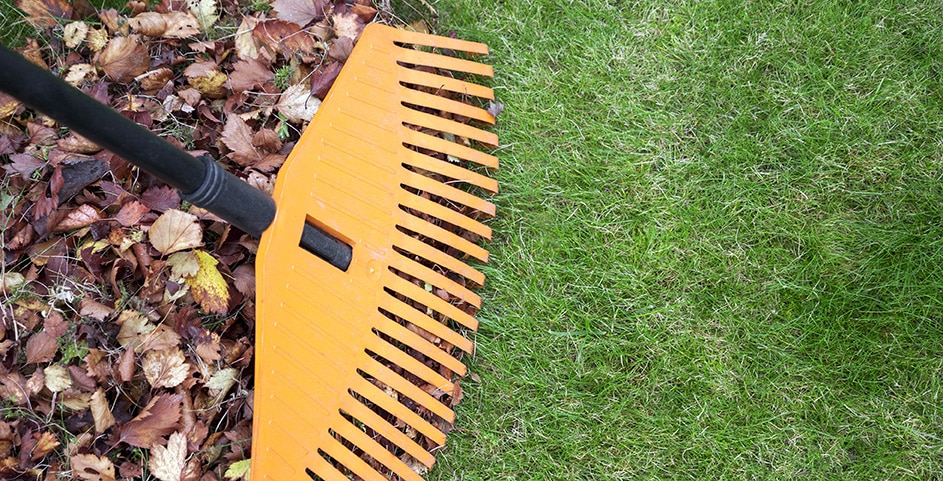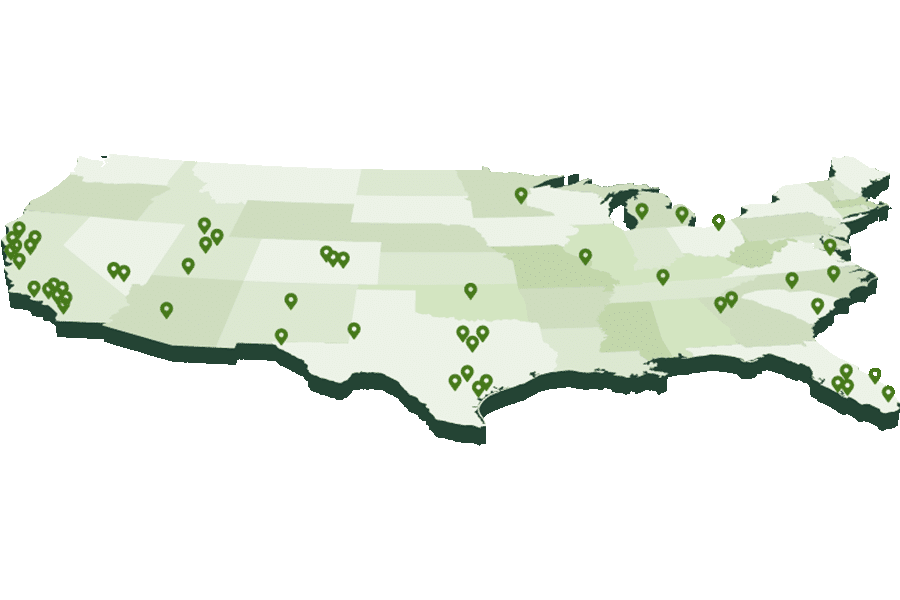[Updated October 27th, 2021]
While artificial lawns are decidedly a lower maintenance option than traditional, natural lawns, they do still require some routine cleaning and other maintenance on a regular basis. Here’s what you can expect for biweekly and monthly maintenance, as well as how to deal with pet waste and odors, and other special circumstances that may pop up with artificial grass. Make sure to also read our new “Artificial Grass Maintenance Guide” eBook for all there is to know about maintaining artificial grass!
Biweekly Maintenance
As advertised, artificial grass is extremely low maintenance. In fact, the only suggested weekly or biweekly maintenance routine is to remove any large debris that might be laying on the surface and to do a light rinse with the hose as you see fit. Removing rocks, twigs, or other scraps from the surface of the lawn is often an aesthetic preference, and a light rinse with a hose can wash away dust or smaller debris from inside the individual blades of grass.
Monthly Maintenance
On a monthly basis, depending on your family’s normal foot traffic and level of use, your yard might need a thorough “fluffing” – to keep the grass blades standing tall.
You’ll want to use a flexible landscape rake – such as Purchase Green’s Turf Broom. Never use metal rakes, as they can seriously damage the backing material and fibers of the turf.
Rake the lawn to remove the larger particles and then work in a methodical fashion to remove any particles that might be buried deeper in the pile. Finally, run the brush again in the opposite direction to re-position non-erect bristles back into their normal standing position.
To make the task even easier, most Purchase Green stores offer a walk-behind Power Broom for serious fluffing. Contact your local store for rental and delivery rates.
Pet Issues
While it may not seem obvious, artificial lawns actually stand up quite well to the demands of pet use. First, the effects of pets running and lounging on the lawn are usually minimal, as their paws won’t damage the blades. Although, in some cases, a dog (or, really any other heavy object left on the turf for an extended period) can cause the blades to flatten down over time. This situation can be quickly remedied by using a Turf Broom on the area and moving the blades back into place.
More to the point, cleaning animal waste from an artificial lawn is pretty much the same process as it is on a natural grass lawn. The bulk of the waste is removed with a plastic bag or “pooper-scooper”, just like on any other surface. Afterward, a light rinse with hose water will ensure all urine and other waste particles are flushed down through the permeable turf backing and into the soil underneath – rather than sitting and collecting on the surface.
Lastly, it’s recommended to use a deodorizer on a monthly basis, such as Purchase Green’s Turf Bomb. Turf Bomb is a topical enzymatic cleaning solution that is best used as a preventive measure. While Turf Bomb can provide relief to already-odorous lawns, the effect is not immediate. Check out our Pet Turf Guide for more information on how to use Turf Bomb.
Bacteria
Especially with pets, bacteria can build up from leftover urine and waste. But, so long as the turf is regularly cleaned in the manners described above, bacteria build-up should not occur. If you are still concerned, however, by the prevalence of bacteria in your turf – read this article on how artificial grass prevents bacteria build-up.
Burns
Artificial lawns are robust but one area where they must be proactively guarded is when it comes to burns. Everything from cigarettes and embers from the charcoal grill to battery acid and strong bases can burn or discolor artificial grass. That’s why it’s essential to keep these items away from your lawn. In other words, do not cook, repair mechanical items or otherwise expose the lawn to harsh chemicals or you could end up having a burnt patch on your lawn that will need repairing.
Special Circumstances
Like any other surface, your lawn will be subjected to any number of stain-producing materials including blood, chewing gum, assorted food items, and other edible contaminants. You should clean the area as soon as possible to avoid staining. Fortunately, artificial turf is stain-resistant and rarely discolors due to these materials, but keeping the surface clean and attending to any spills or other staining materials is always best practice.
To learn more about how to install artificial grass at your home or office, check out the DIY Easy Install Guide.





